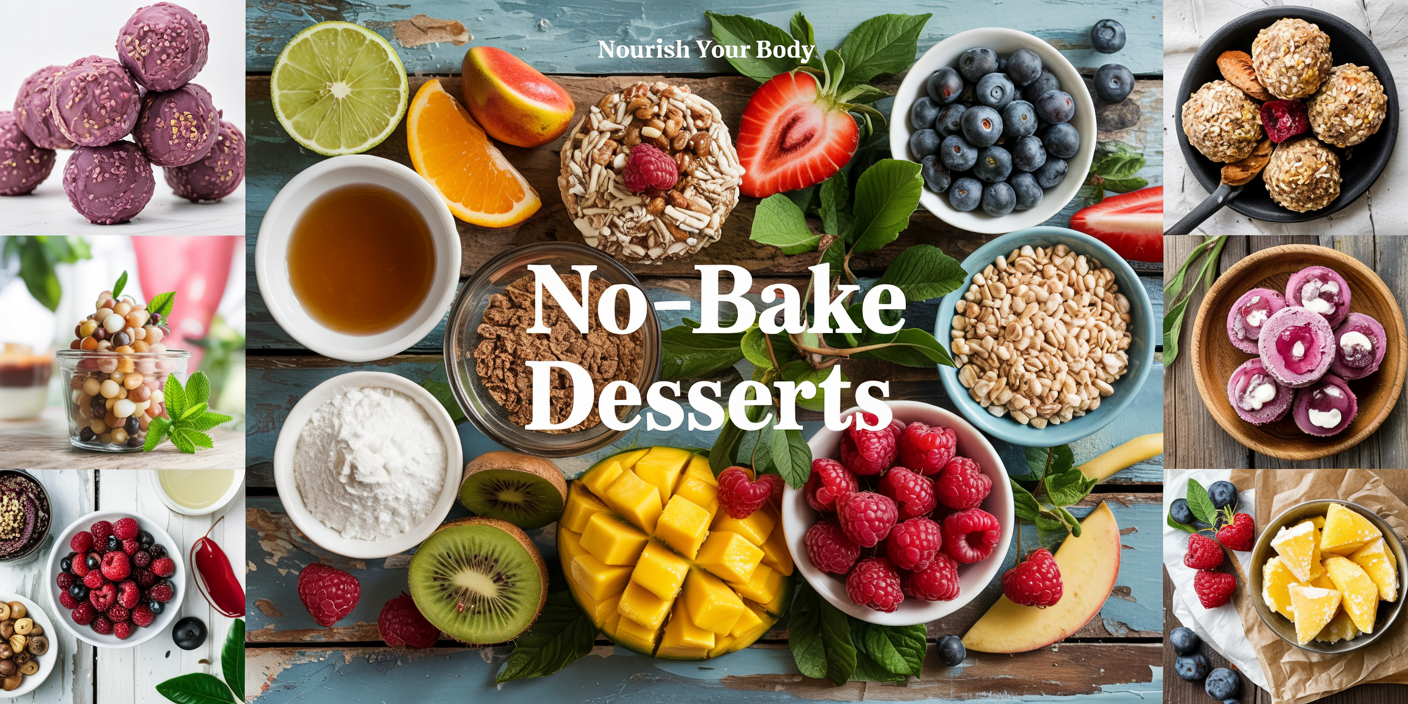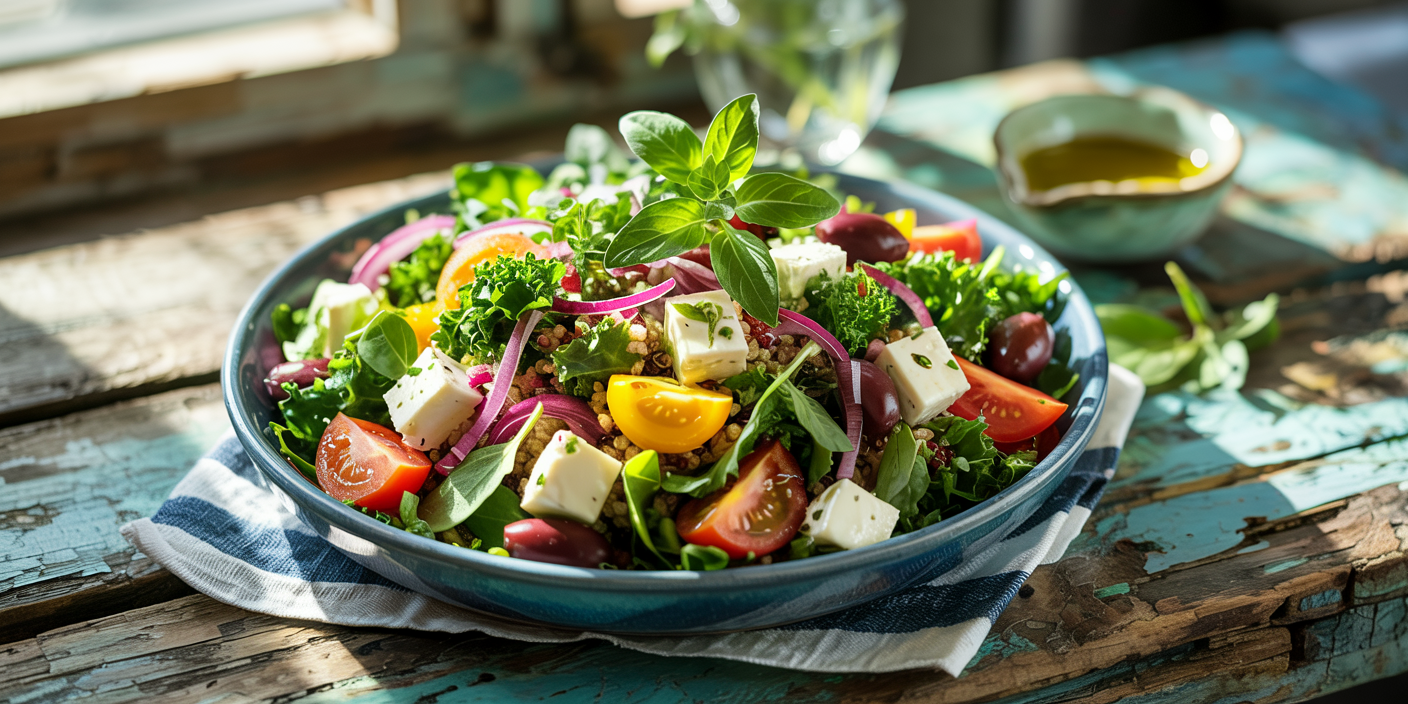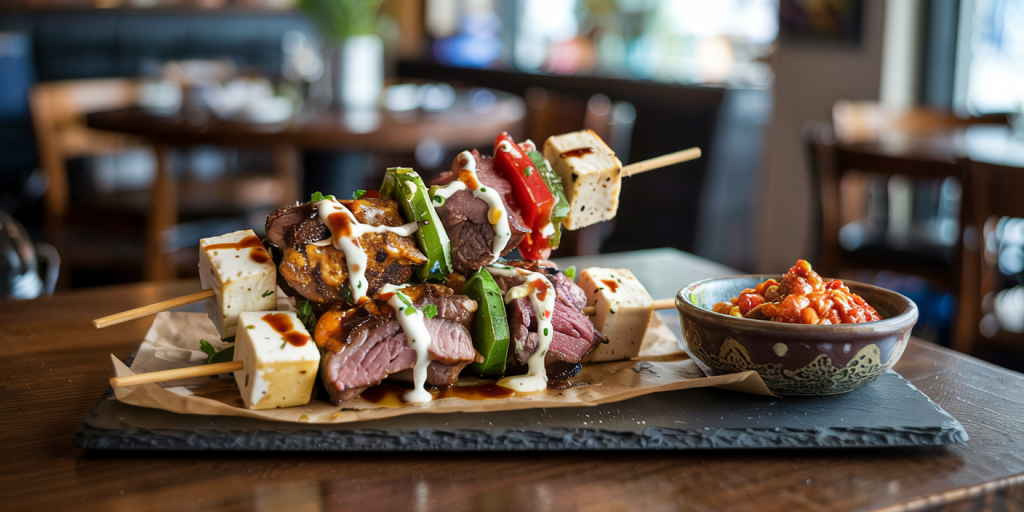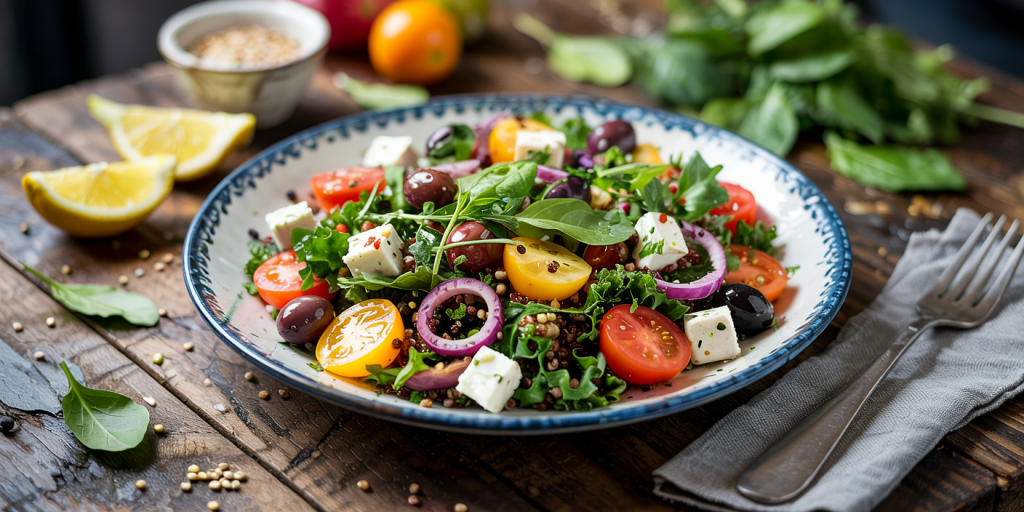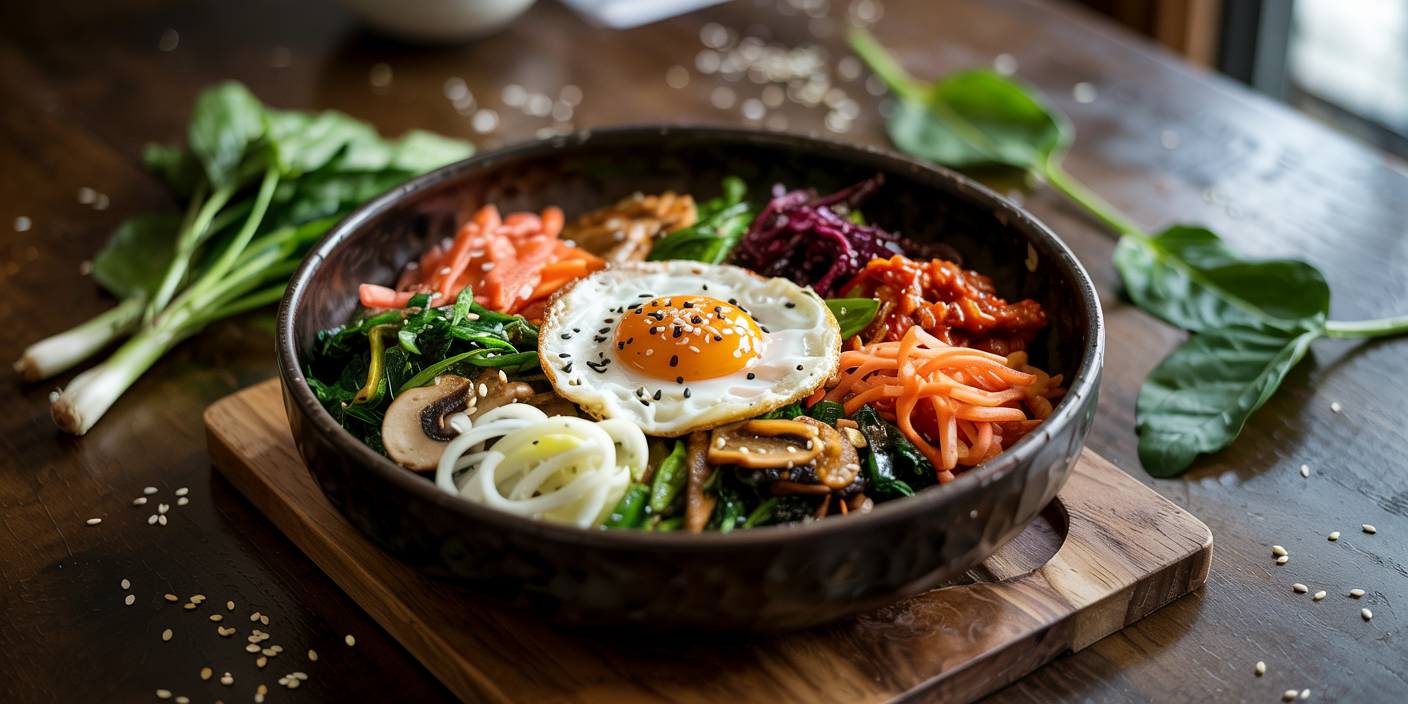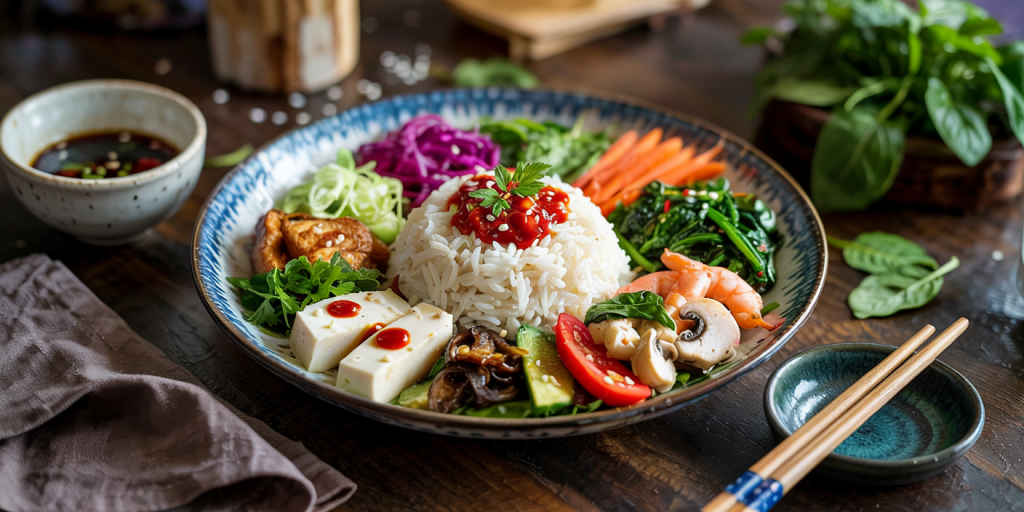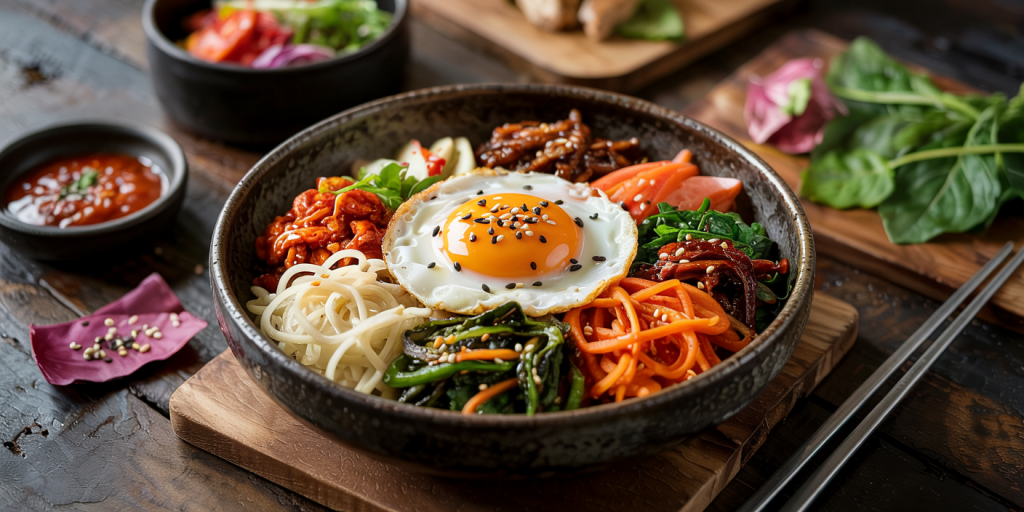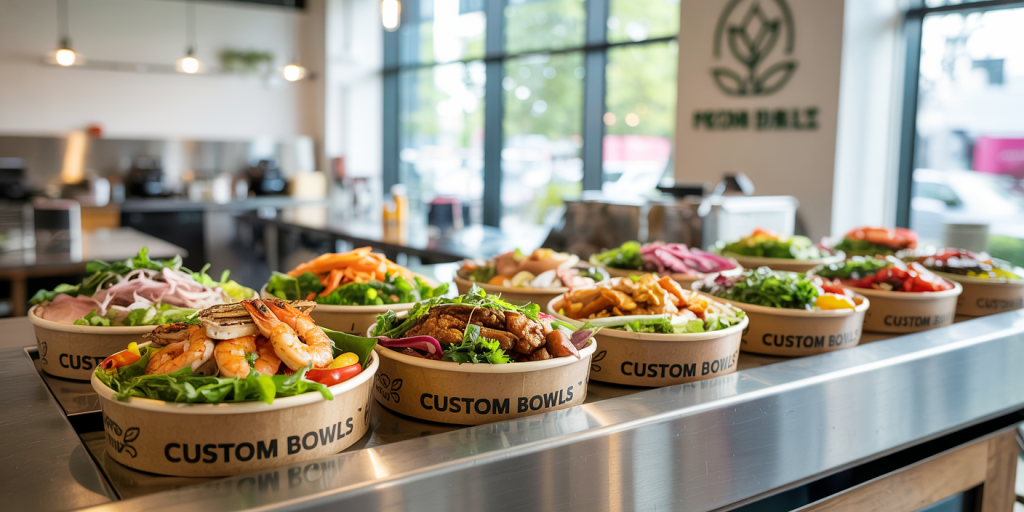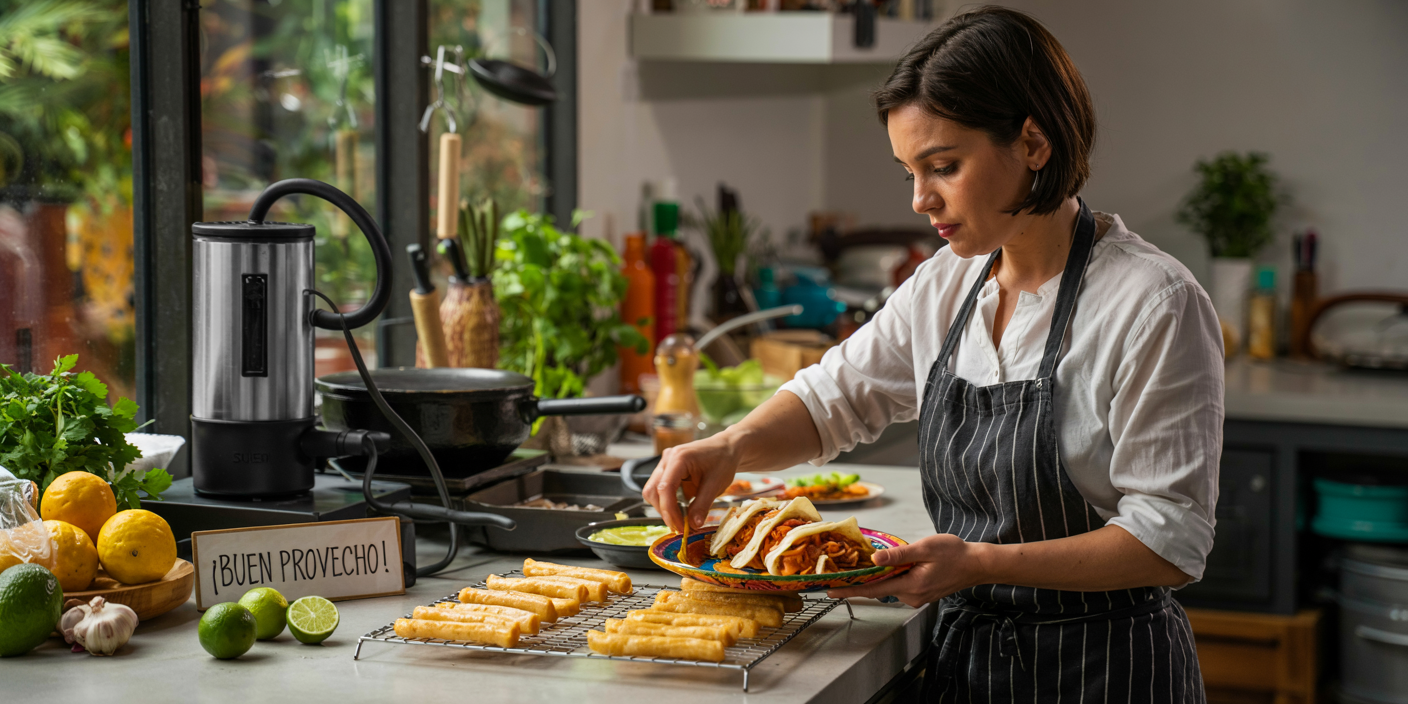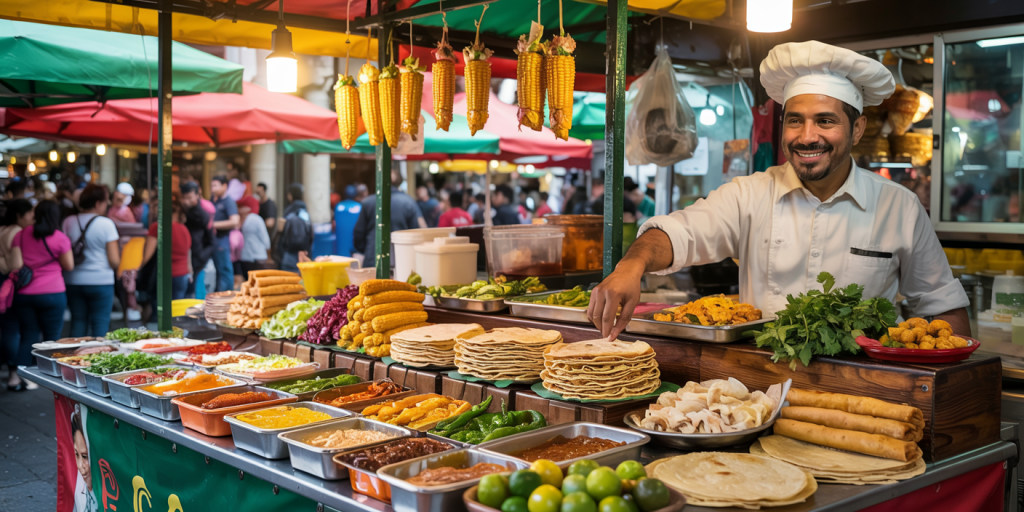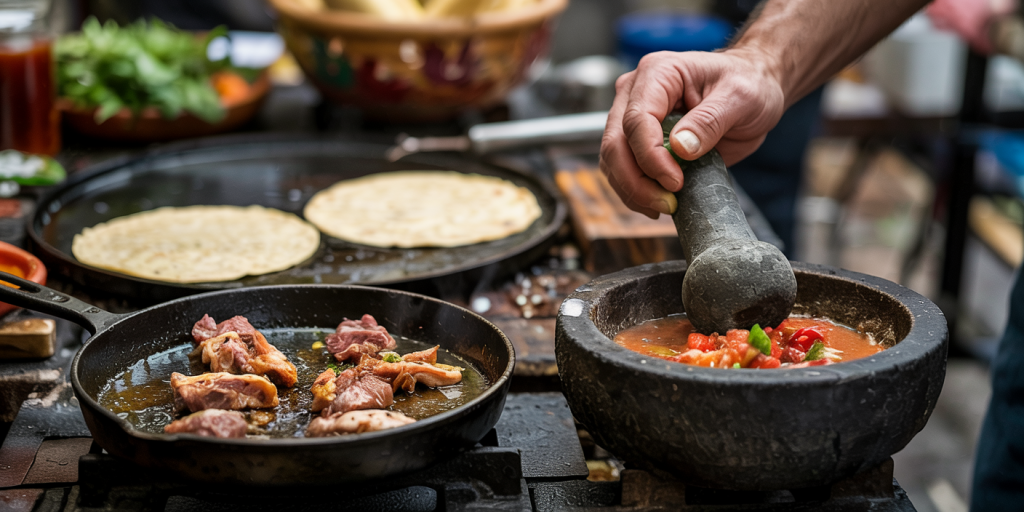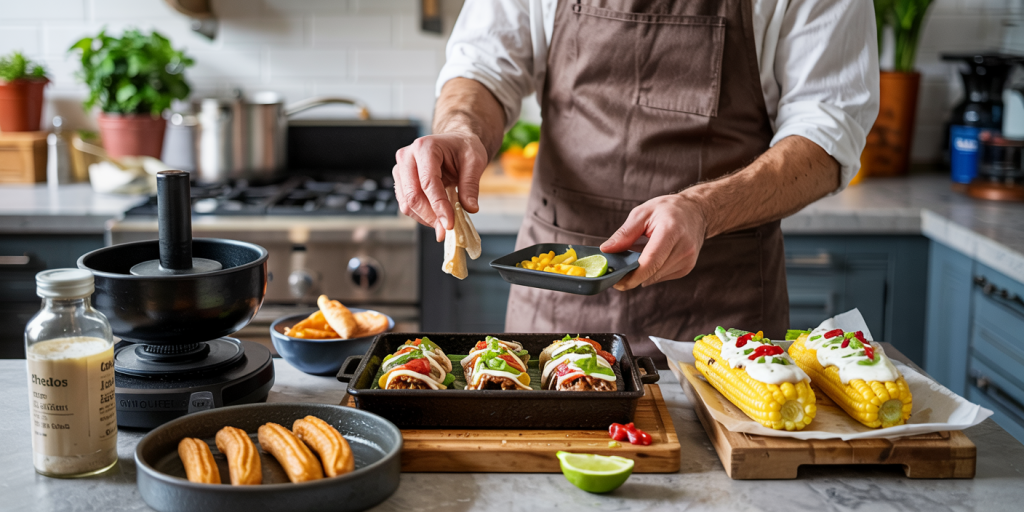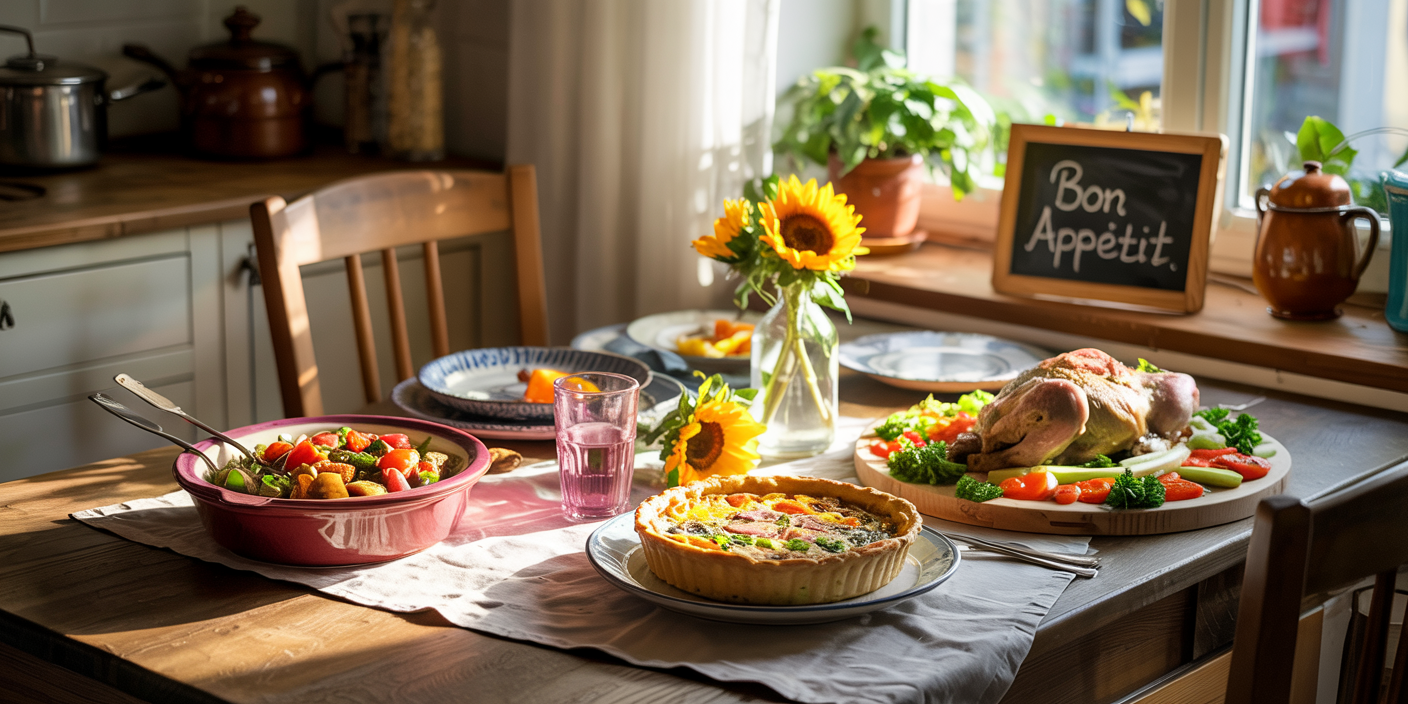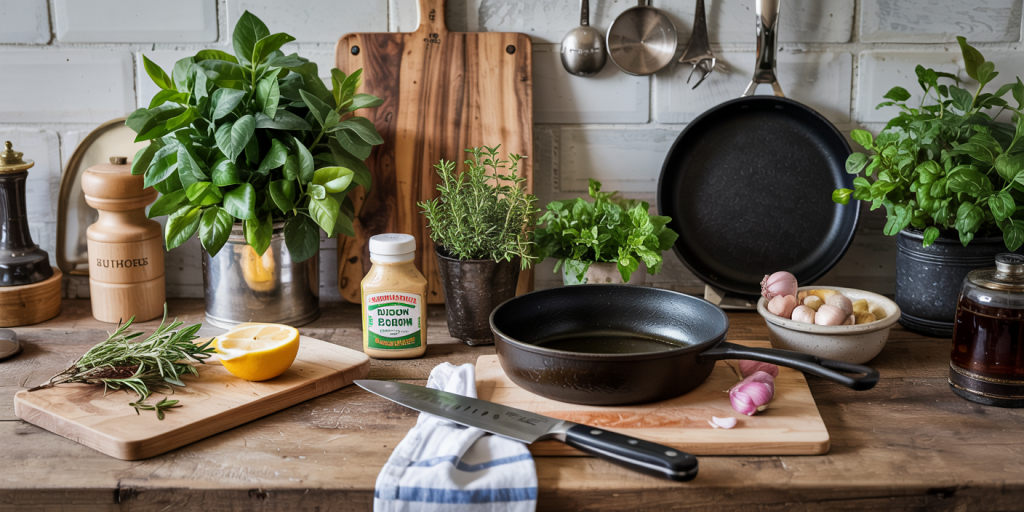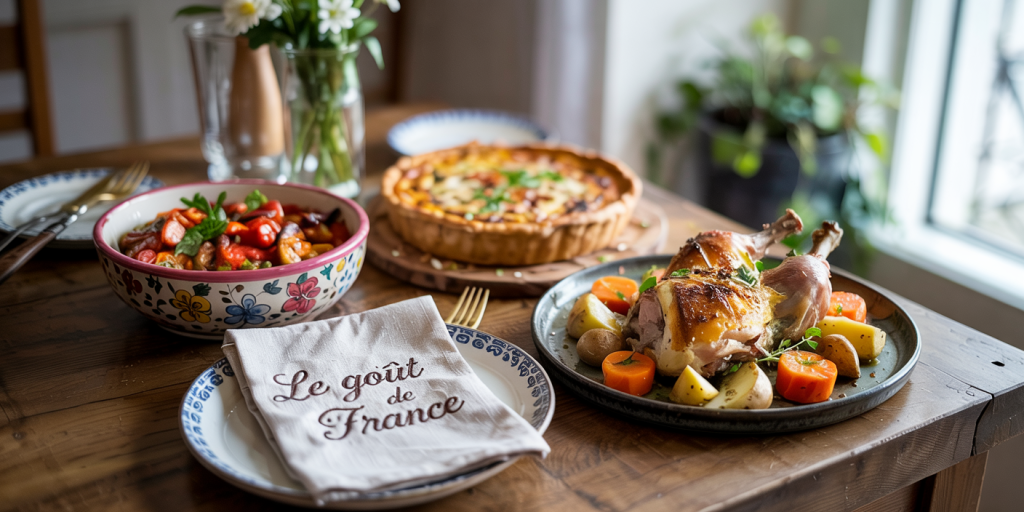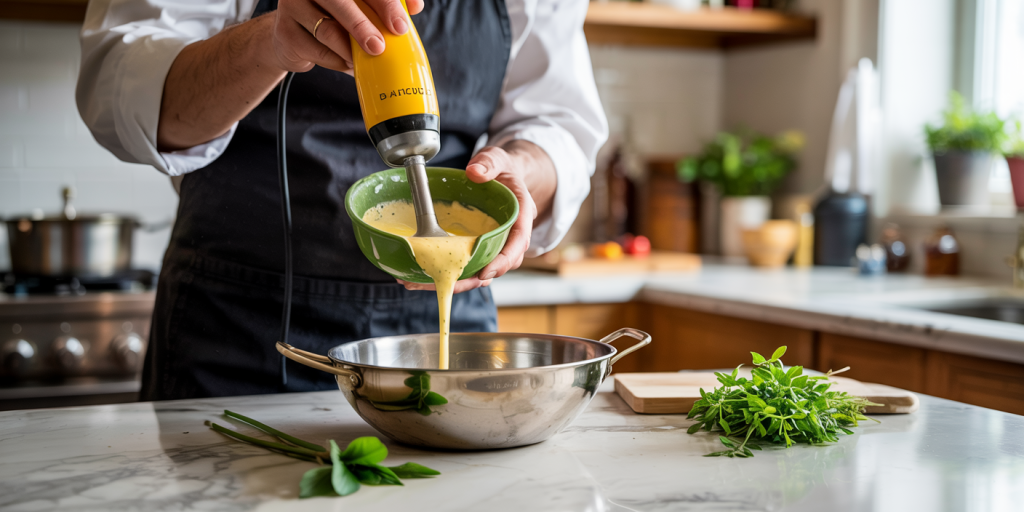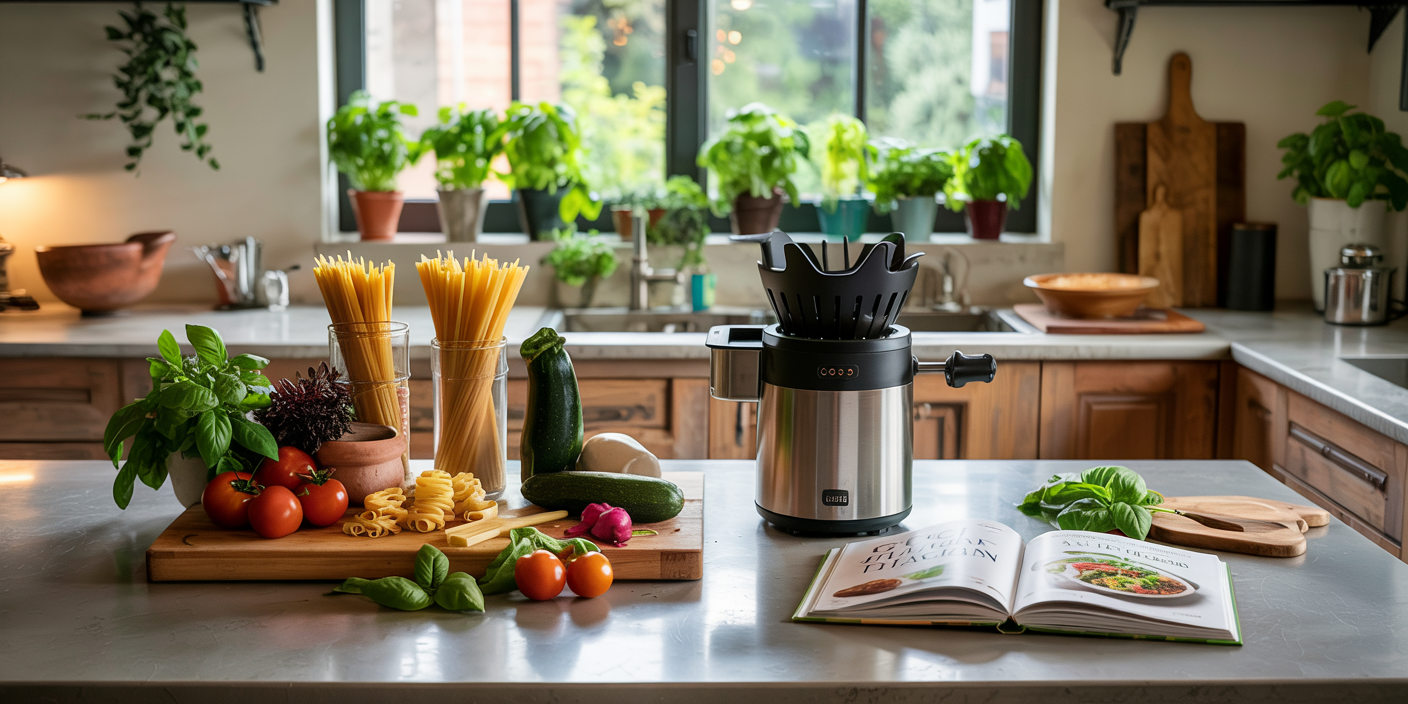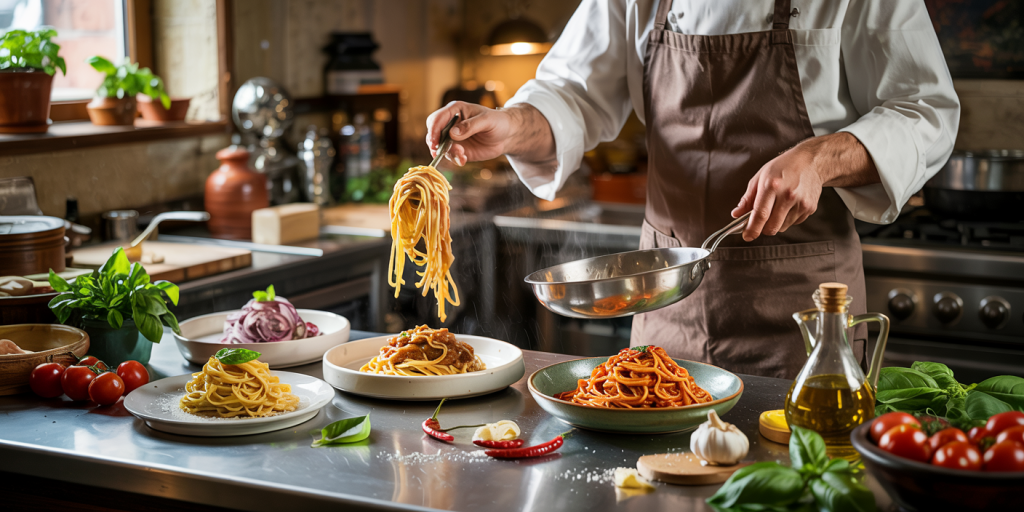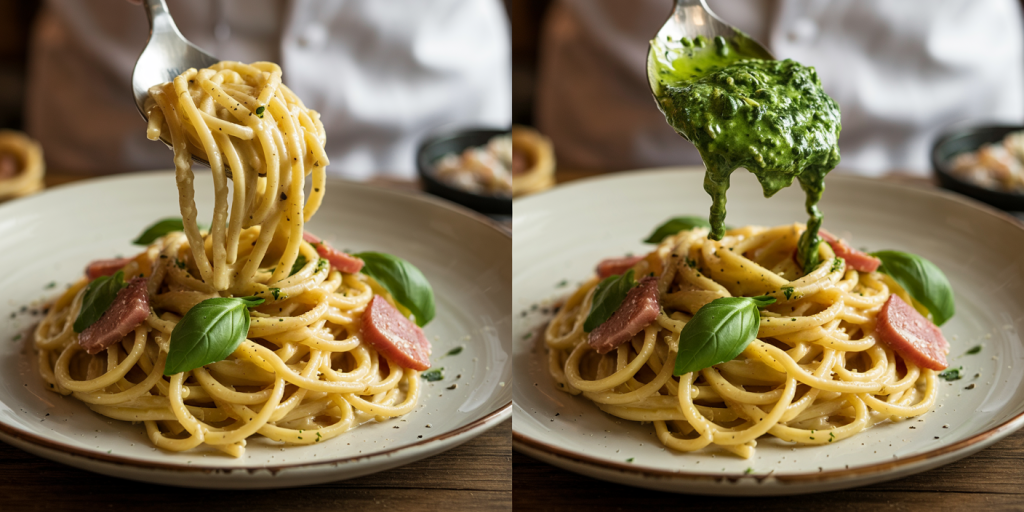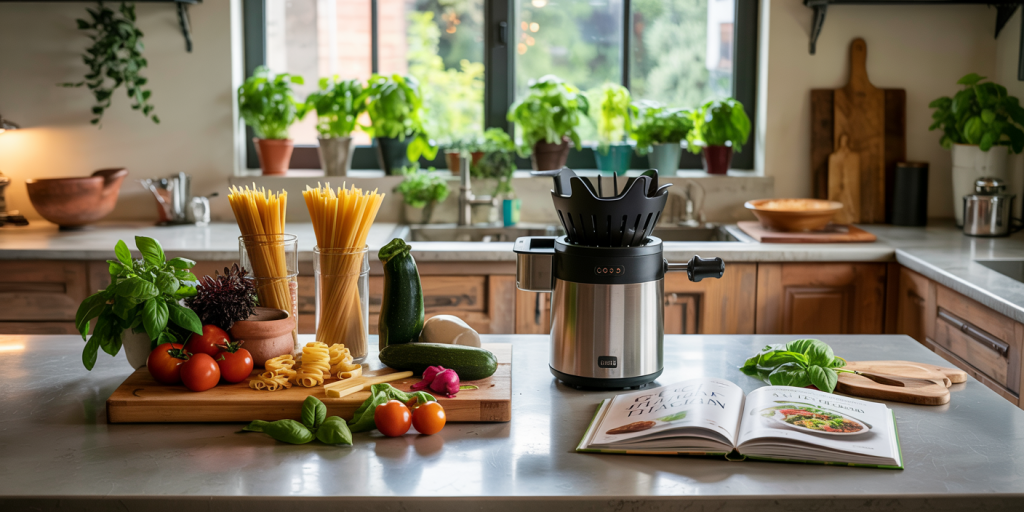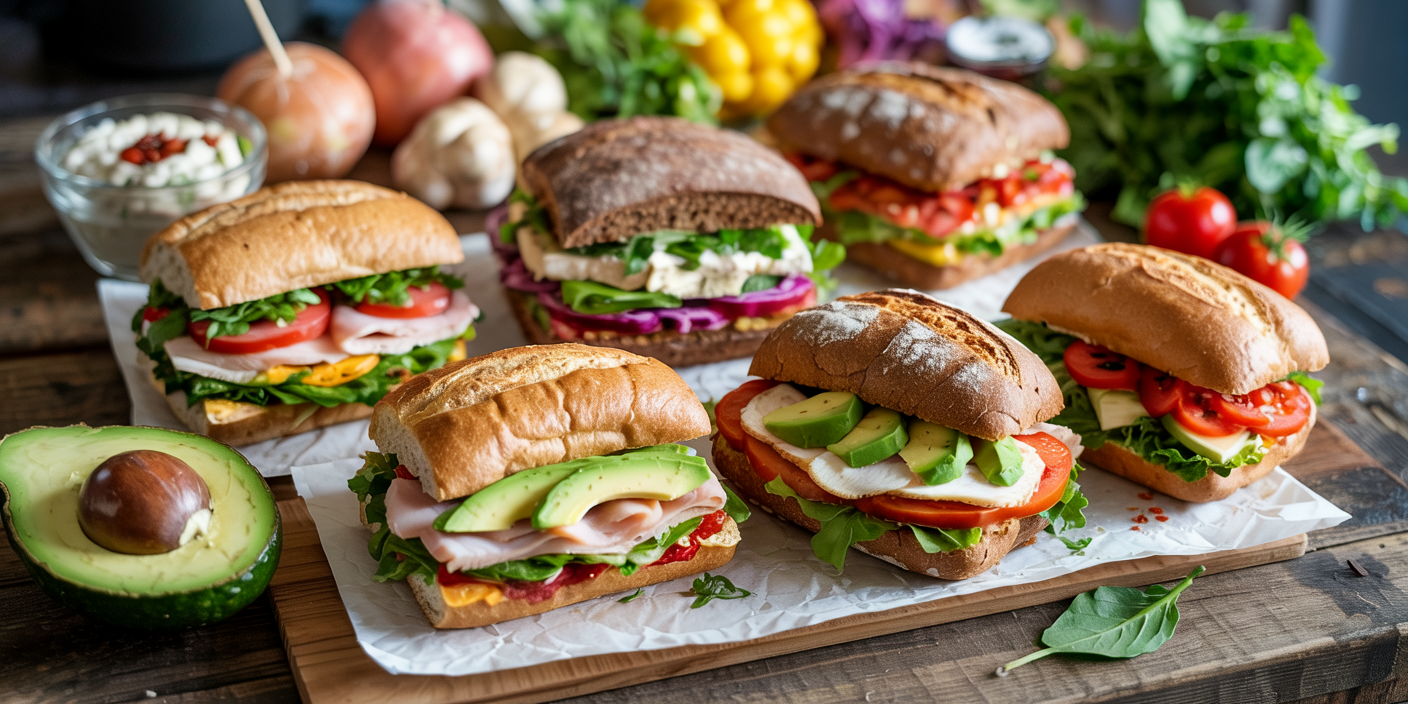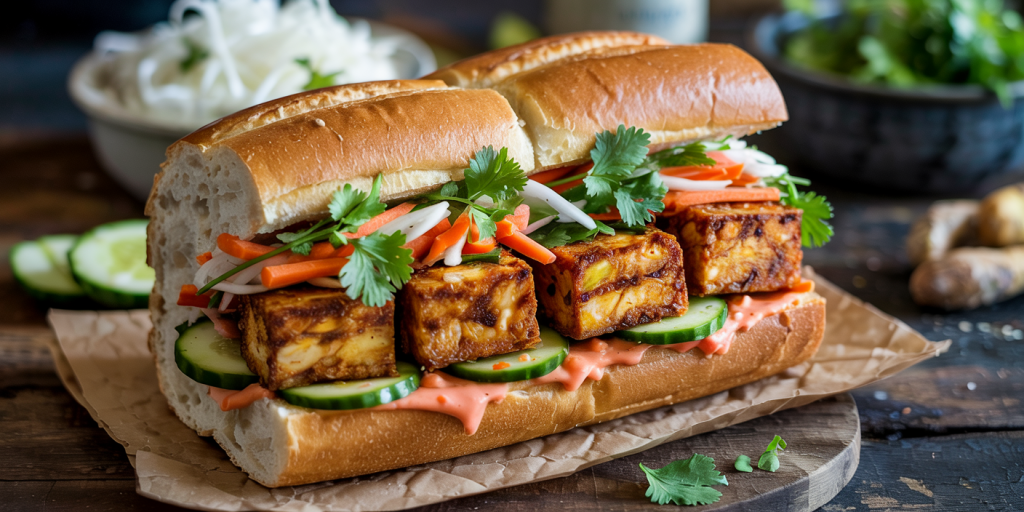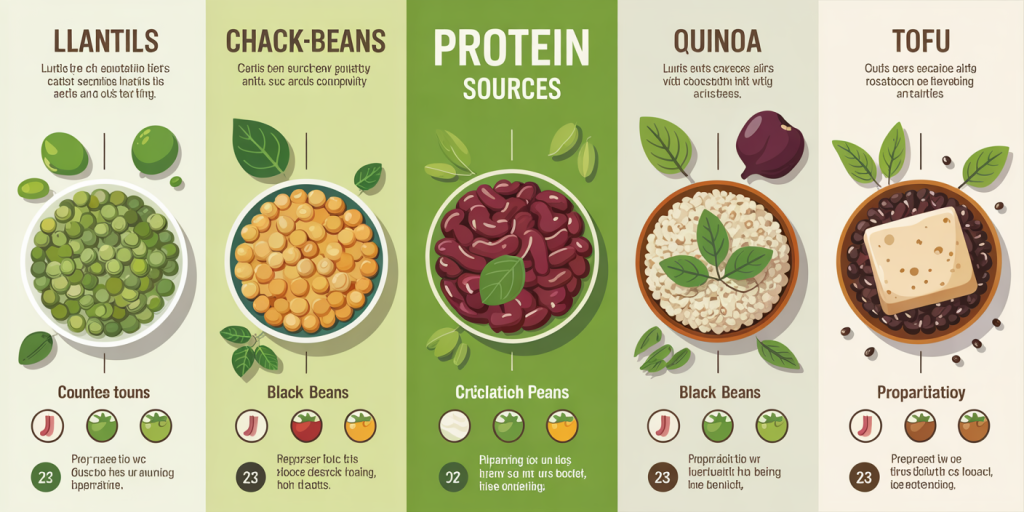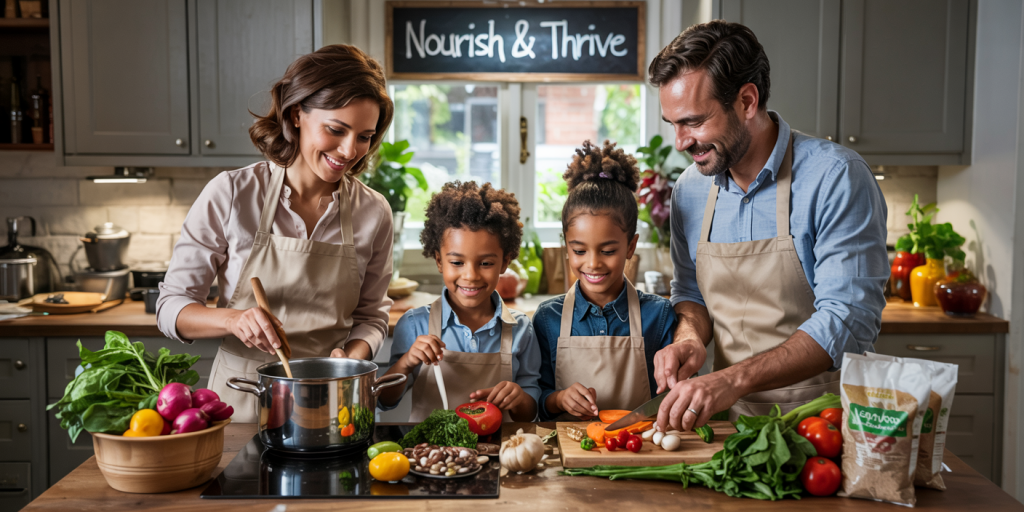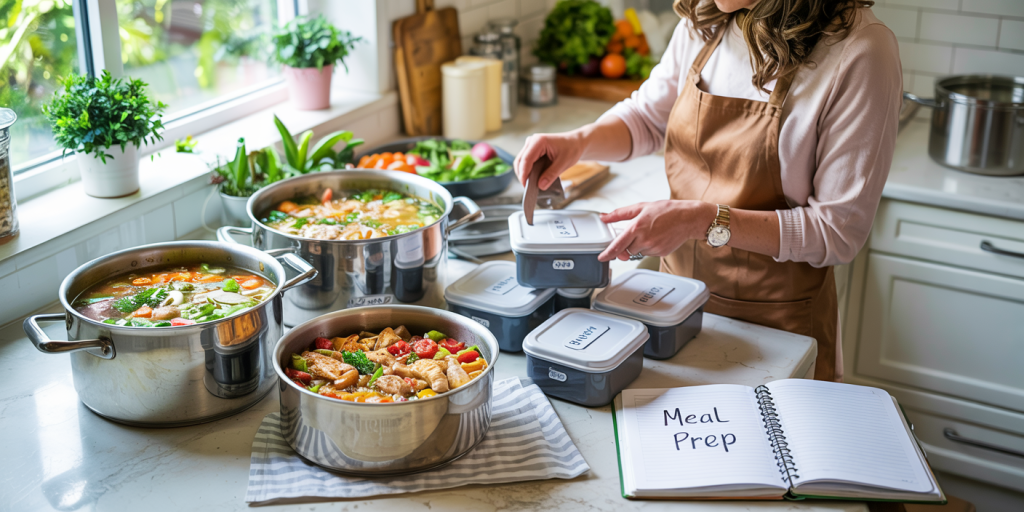In recent years, TikTok has emerged as a powerful platform influencing culinary trends worldwide, particularly in the realm of desserts. Users, ranging from home cooks to professional bakers, have capitalized on the platform’s short-video format to share innovative, quick, and visually appealing dessert hacks. These viral desserts not only offer convenience but also encourage experimentation with ingredients and presentation styles. This article delves into some of the most popular TikTok dessert hacks, exploring their origins, practical applications, and the science behind their success.

TikTok’s impact on food culture has been well documented. According to a 2023 study by Food & Beverage Insights, over 62% of TikTok users have tried making recipes inspired by the platform, with dessert hacks constituting nearly 45% of all food-related content engagement. This indicates a significant shift in how people discover and experiment with desserts. The fusion of creativity, accessibility, and social sharing has made TikTok a virtual testing ground for novel dessert ideas.
The Rise of No-Bake TikTok Dessert Hacks
No-bake desserts have become a staple in viral TikTok content due to their simplicity and mess-free nature. These recipes often require minimal ingredients and eliminate the need for traditional baking, appealing to beginners and those looking for quick fixes.
One popular example is the “3-ingredient fudge,” made with sweetened condensed milk, melted chocolate chips, and crushed cookies. This hack blends convenience with indulgence, taking under 10 minutes to prepare, and requires no oven time. TikTok creators like @dessertmasterpiece have showcased this hack, accumulating millions of views and sparking widespread replication. Their practical appeal lies in their ease and speed, making them perfect for casual gatherings or impromptu dessert cravings.
Another trending no-bake dessert is the “mug cake,” a single-serving cake concocted using microwaveable techniques. Recipes vary from chocolate, vanilla, to matcha, often combining flour, sugar, egg, and a dash of milk or oil. The advantage is its rapid preparation time (approximately 1-2 minutes in the microwave) and low cleanup, which resonates well with younger generations. In a comparative study by Cooking Trends Weekly, no-bake TikTok desserts outperform traditional baked goods in both preparation time and ease of execution by approximately 60%, contributing to their sustained popularity.
Reinventing Classics: TikTok’s Take on Traditional Desserts
TikTok has also breathed new life into traditional desserts by incorporating modern twists and simple enhancements. Users have turned classic recipes into shareable experiments resulting in viral sensations.
A notable example is the “pancake cereal” trend, where miniature pancakes are stacked and served in a bowl resembling cereal. This playful reimagining includes syrup drizzles and butter pats but also invites creative add-ons such as fruit or whipped cream. The combination of novelty and nostalgia has propelled this trend, with creator @breakfastfun sharing videos that have amassed over 20 million views. This dessert hack underlines TikTok’s capacity to make seemingly mundane dishes engaging with visual appeal and relatability.

Another reinvented classic is the “Dalgona coffee” dessert cake. Originating from the pandemic-era coffee trend, the whipped coffee is transformed into a fluffy cake topping or incorporated into mousse layers. The frothy, caramel-colored topping contrasts with moist cake bases, creating multi-textural sensations. Food scientists suggest that this satisfies not only taste but also tactile pleasure, increasing user satisfaction. The hashtag #DalgonaDessert enjoys over 150 million views on TikTok as of 2024, showcasing the massive appetite for innovative adaptations.
Ingredient Hacks That Enhance Flavor and Texture
TikTok creators often share ingredient substitutions or additions that drastically improve dessert outcomes. These hacks frequently involve household items or overlooked pantry staples.
For example, one viral hack demonstrates that adding a pinch of salt to caramel popcorn significantly enhances flavor by balancing sweetness and preventing cloying sensations. This simple alteration leads to higher ratings in taste tests conducted by Flavor Science Institute (FSI), with salted caramel popcorn scoring 18% higher in consumer preference surveys.
Similarly, a trend highlighted by @bakewhiz involves using cream cheese in brownie recipes to add moistness and a tangy depth. Instead of fully replacing butter or oil, the cream cheese variant produces a fudgier consistency and richer taste profile. This insight has led some bakers to experiment further with dairy inclusions, adjusting ratios for perfect crumb texture.
Furthermore, TikTok has promoted the use of unexpected ingredients like aquafaba (chickpea water) as an egg-white substitute in vegan meringues and mousses. This hack provides a plant-based alternative without compromising texture or volume, appealing to diverse diets and expanding dessert accessibility. Aquafaba-related content saw a 200% increase between 2021 and 2023, indicative of growing consumer interest in allergen-friendly and sustainable baking methods.
| Ingredient Hack | Effect on Dessert | Popularity Growth (2021-2023) |
|---|---|---|
| Salt in caramel popcorn | Balances sweetness | +35% |
| Cream cheese in brownies | Enhances moisture and richness | +50% |
| Aquafaba as egg substitute | Vegan, fluffy meringue texture | +200% |
Efficient Presentation Techniques: Making Desserts Instagrammable

Presentation is a critical factor in the viral success of TikTok dessert hacks. The platform’s visual-centric design rewards aesthetic appeal alongside taste.
Many creators utilize layering techniques to build visually impressive parfaits or crumbles using mason jars or clear glasses. This not only simplifies serving but highlights different colors and textures, creating a mouth-watering effect. An example is the layered “oreo trifle” by @dessert_diva, featuring alternating layers of crushed Oreos, cream, and chocolate pudding, quickly gaining millions of engagements due to its accessibility and visual allure.
Another presentation hack focuses on creative piping methods. TikTok users have adopted silicone piping bags and icing tips to transform brownies into decorative flower-topped squares or cupcakes with artistic swirls. This approach boosts user confidence in decorating, encouraging more elaborate homemade desserts. In a survey by Culinary Creativity Network, 42% of young bakers attributed their enhanced interest in baking to discovering such hacks on TikTok.
Additionally, edible glitter and colorful sprinkles have become ubiquitous, transforming simple treats into party-ready delights. These cost-effective embellishments contribute to aesthetics without requiring advanced skills, democratizing the dessert styling process.
Baking Science Simplified: How TikTok Hacks Leverage Food Chemistry
Behind many popular dessert hacks lies an accessible understanding of baking science shared through short videos educating viewers while entertaining them.
One such hack involves adjusting oven temperatures or baking times to achieve particular textures, such as underbaking cookies slightly to create a chewy center. TikTok influencers like @foodchemist underscore that controlling water evaporation and sugar caramelization are key to textural outcomes.
Moreover, mixing orders are emphasized in certain recipes. For example, the viral whipped coffee hack relies on the chemical reaction between instant coffee and sugar to trap air bubbles, creating a frothy structure. This educational angle empowers viewers to appreciate the “why” behind the hack, enhancing replicability.
The use of acidity also appears in content explaining how lemon juice or vinegar can substitute for baking soda’s role as a leavening agent. These tweaks broaden accessibility and ingredient availability for viewers.
Understanding these principles encourages experimentation, helping users customize recipes to taste, dietary preferences, or equipment constraints, turning passive viewers into confident home bakers.
Future Trends: What’s Next for Viral TikTok Dessert Hacks?
As TikTok’s influence on food culture continues to expand, future trends in dessert hacks are expected to integrate advanced technology, sustainability, and personalized nutrition.
One emerging direction is the incorporation of smart kitchen appliances controlled via apps, facilitating precision baking with minimal user input. For example, Internet-connected ovens and mixers could synchronize with TikTok tutorials, automating timing and temperature based on recipe parameters. Early adopters of smart cooking technology have reported a 30% reduction in culinary errors, as documented by Tech Eats Digest 2024.
Sustainability is another pivotal area. With increasing awareness around food waste and ecological impact, TikTok creators are likely to focus on zero-waste dessert hacks, using scraps like stale bread or fruit peels creatively. There has been a 45% growth in eco-conscious recipe content since 2022, reflecting user interest.
Personalized nutrition could also influence dessert hacks. Utilizing AI-powered analysis, recipes may soon adapt to individual dietary restrictions such as keto, gluten-free, or low-sugar diets, offering tailored ingredient swaps or portion sizes.
Moreover, augmented reality (AR) may play a role by providing immersive baking tutorials, overlaying instructions directly onto cookware or ingredients in real-time, revolutionizing digital cooking education.
Overall, viral TikTok dessert hacks will continue to democratize gourmet baking, blending entertainment, education, and evolving consumer values to shape the future landscape of sweet treats.
—
The viral nature of TikTok dessert hacks signals a transformative shift in how desserts are conceptualized and created. From quick no-bake solutions to ingredient innovations and scientific explanations, TikTok has made dessert-making more accessible, relatable, and visually delightful. With ongoing technological and cultural developments, the sweet trends shared on TikTok will likely evolve, promising exciting possibilities for home bakers and food enthusiasts worldwide.

